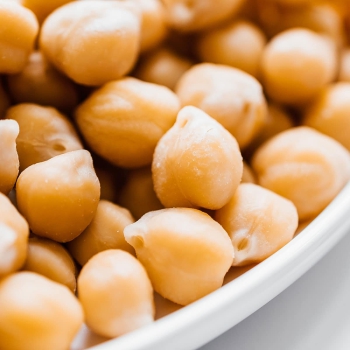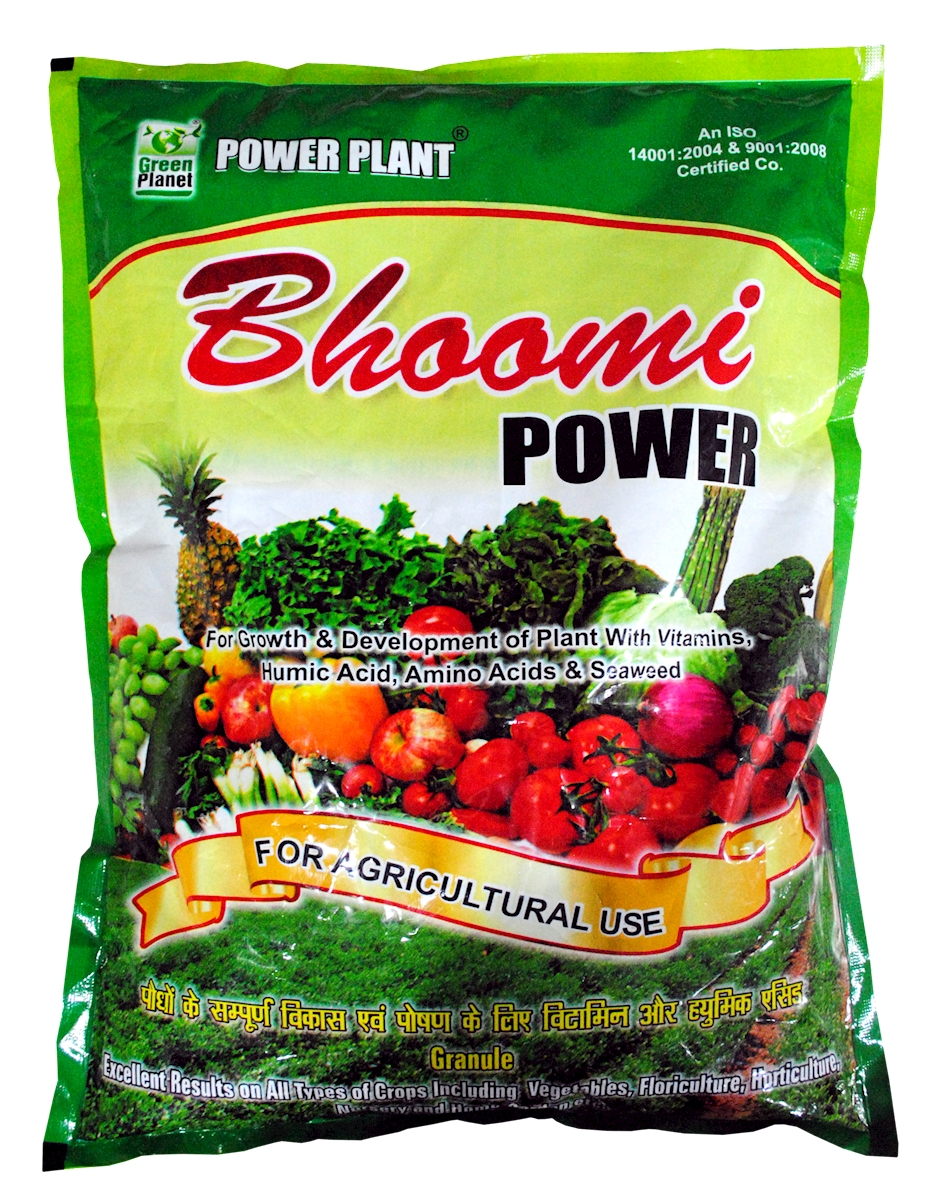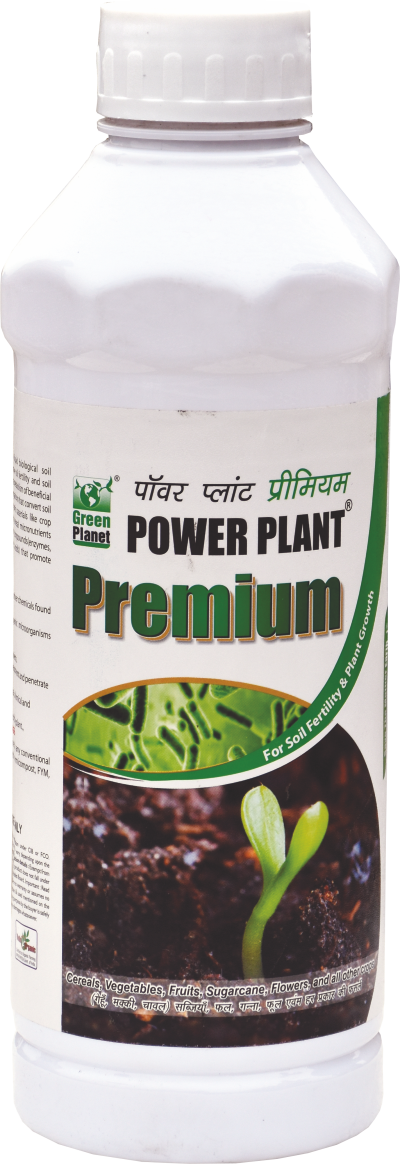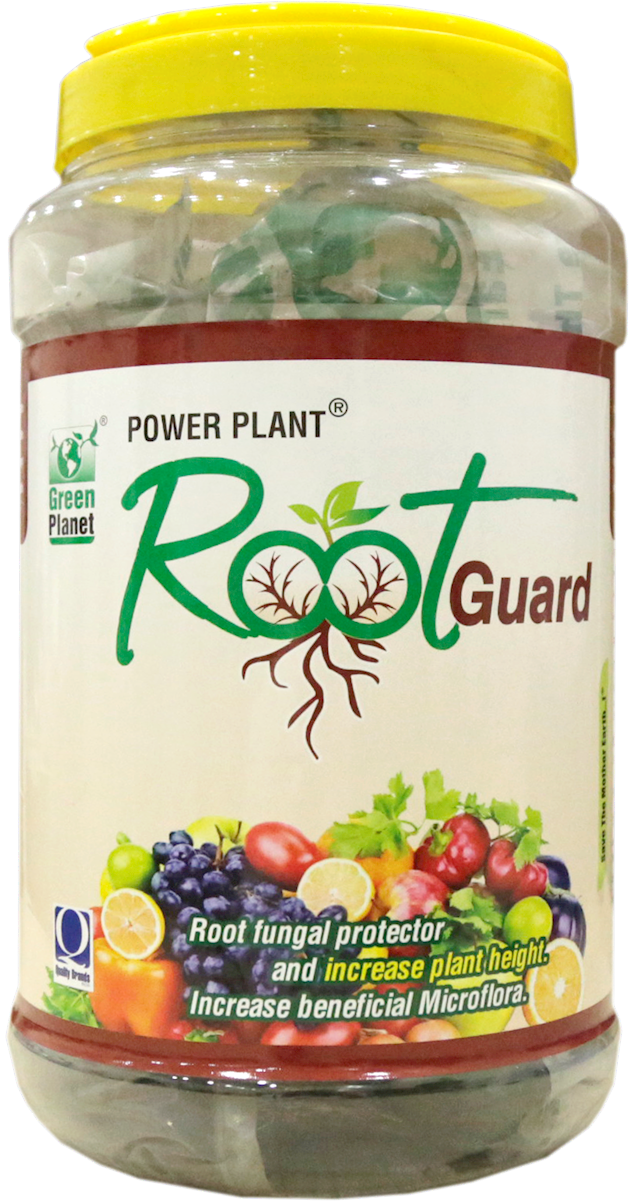
- Chickpea (Cicer arietinum), often known as garbanzo bean or Bengal gramme, is a pea family (Fabaceae) annual plant that is extensively farmed for its nutritious seeds.
- Chickpeas are a staple cuisine in India, Africa, Central and South America.
- The seeds are an excellent source of iron, phosphorus, and folic acid, as well as being high in fibre and protein.
- Chickpeas, which are high in vitamins, minerals, and fibre, may help you lose weight, improve digestion, and lower your risk of illness.
- Furthermore, this bean is high in protein and may be used as a meat substitute in a variety of vegetarian and vegan meals.
SOIL : sandy loamy soil and black soil
TEMPRATURE : 24-30 degree C
pH : 5.5-7.0
RAINFALL : 65-95 mm
CLIMATE : cold climate but not frosting one
DURATION : 5-5.5 months
- Aeration of the soil is quite important for chickpeas.
- This limits its cultivation on heavy soils and necessitates extra caution in seedbed preparation.
- Chick peas need a rough seedbed to grow in.
- If the chickpea crop is planted following the kharif season, it is preferable to do a deep ploughing during the monsoon season, as this will help to save more rain water in the soil profile for later use by this crop.
- Chick peas do not thrive in fine, compact seedbeds.
- It need a seedbed that is loose and properly aerated.
|
BHOOMI POWER 4KG/ACRE |
 |
|
POWER PLANT PREMIUM 1 LITRE/ ACRE |
 |
|
ROOT GUARD 2 KG/ACRE |
 |

